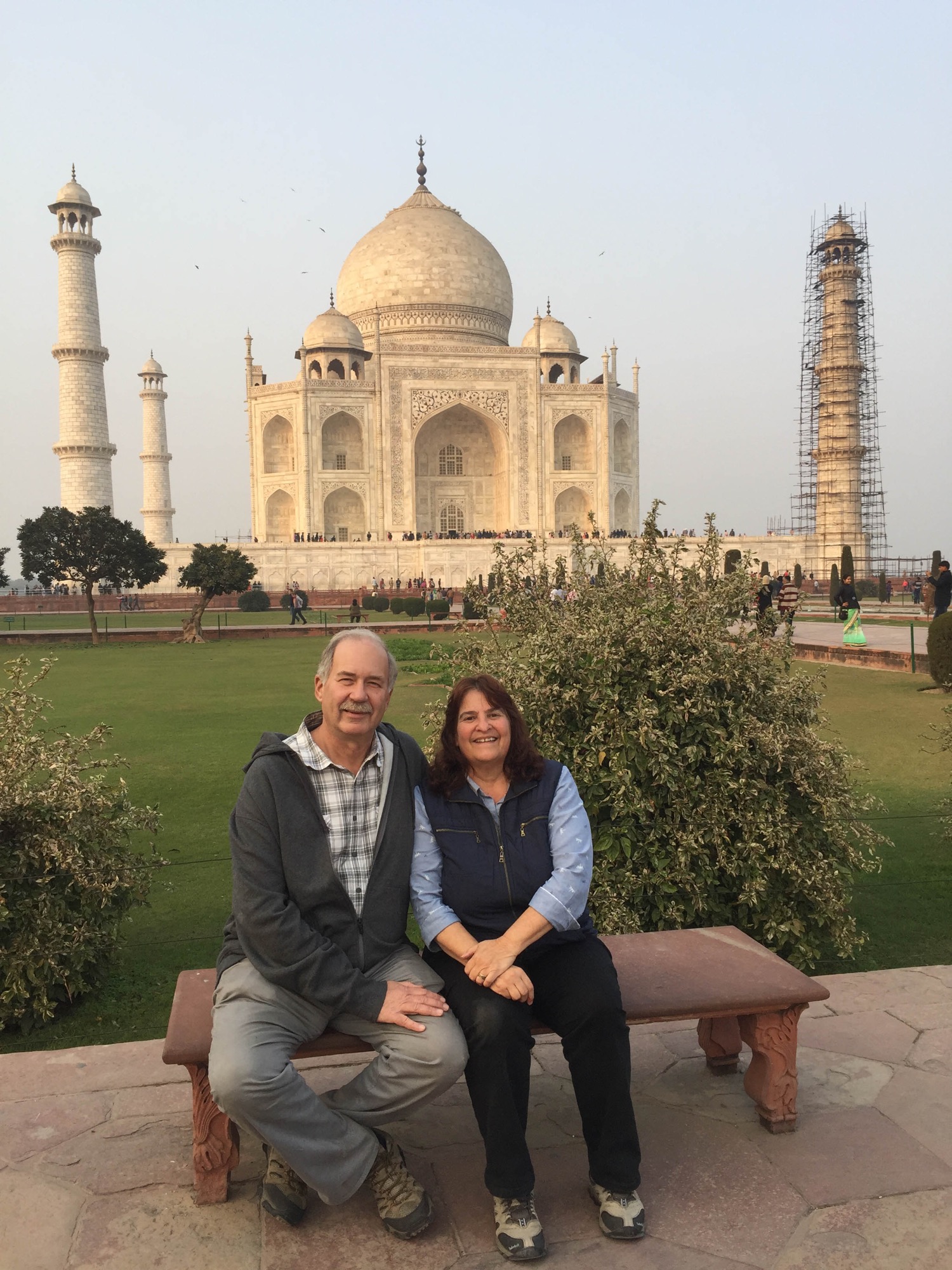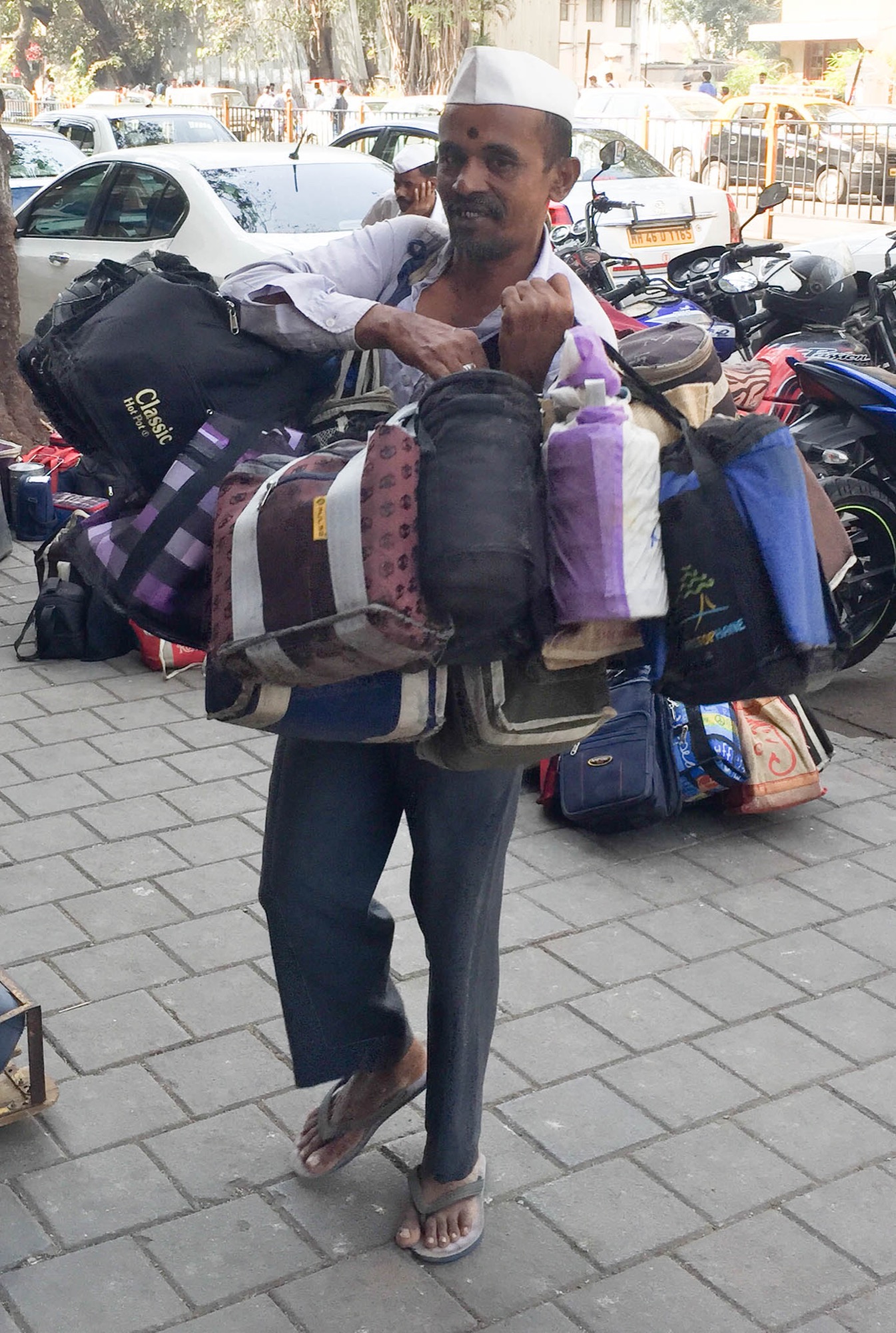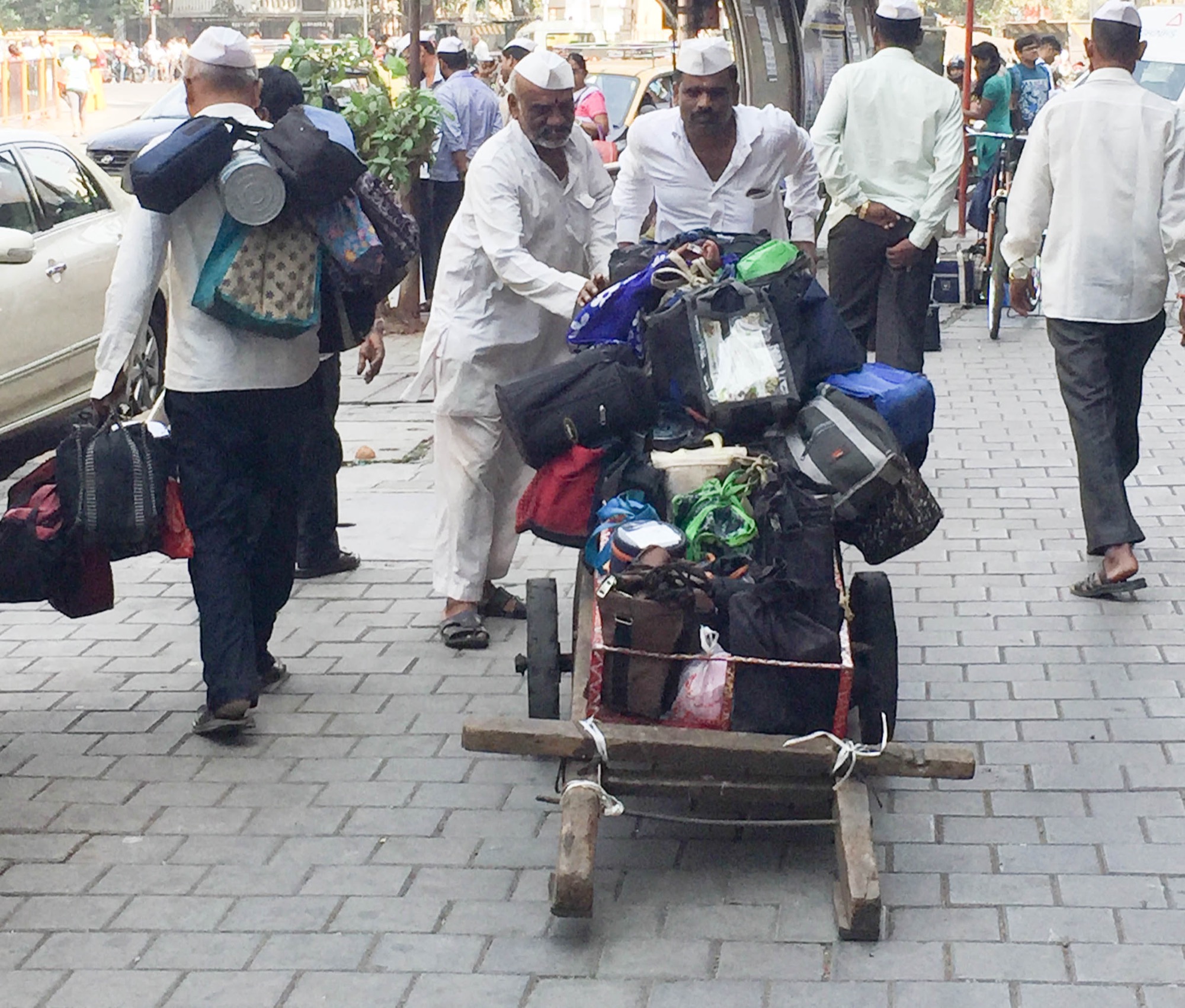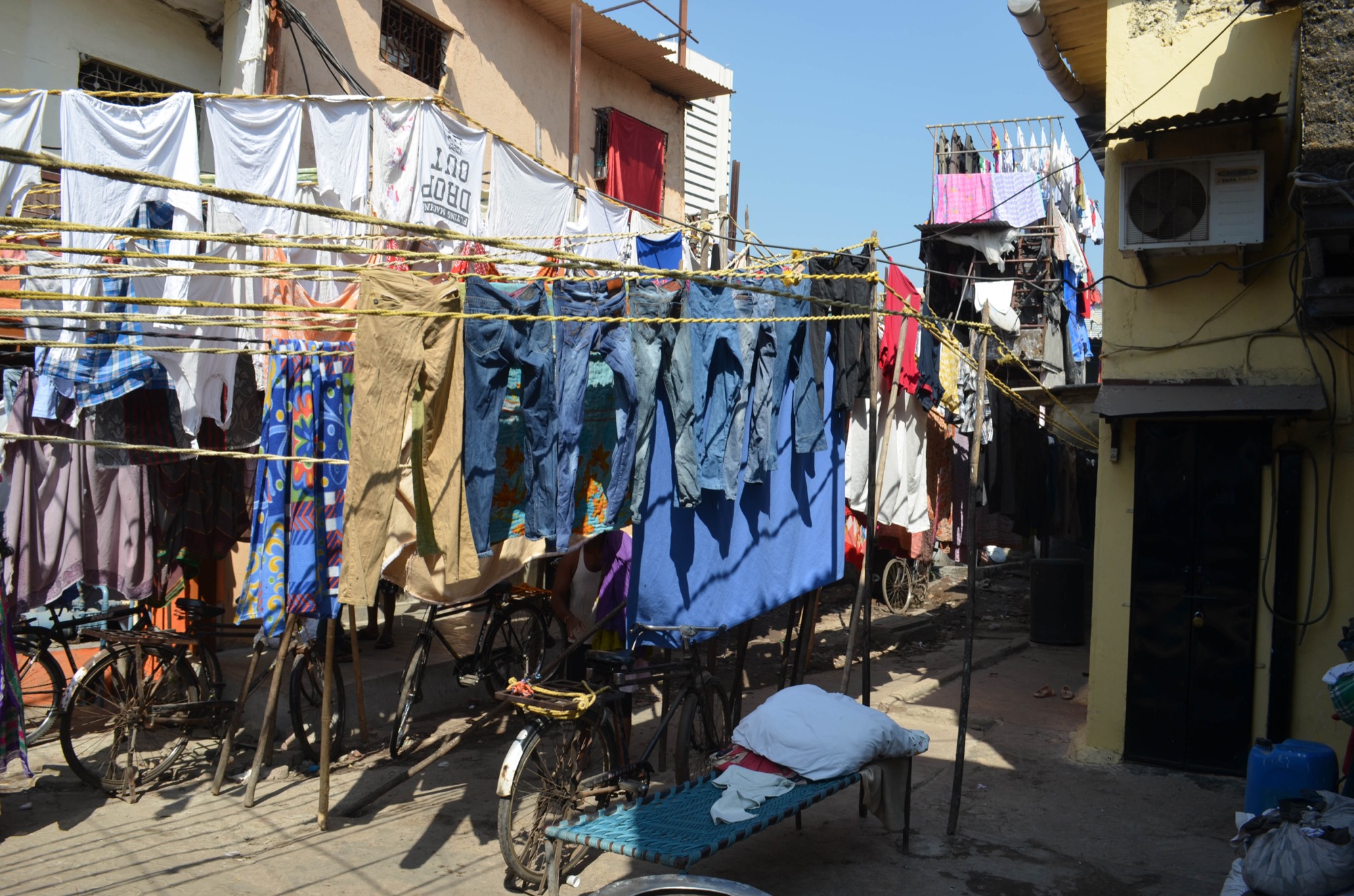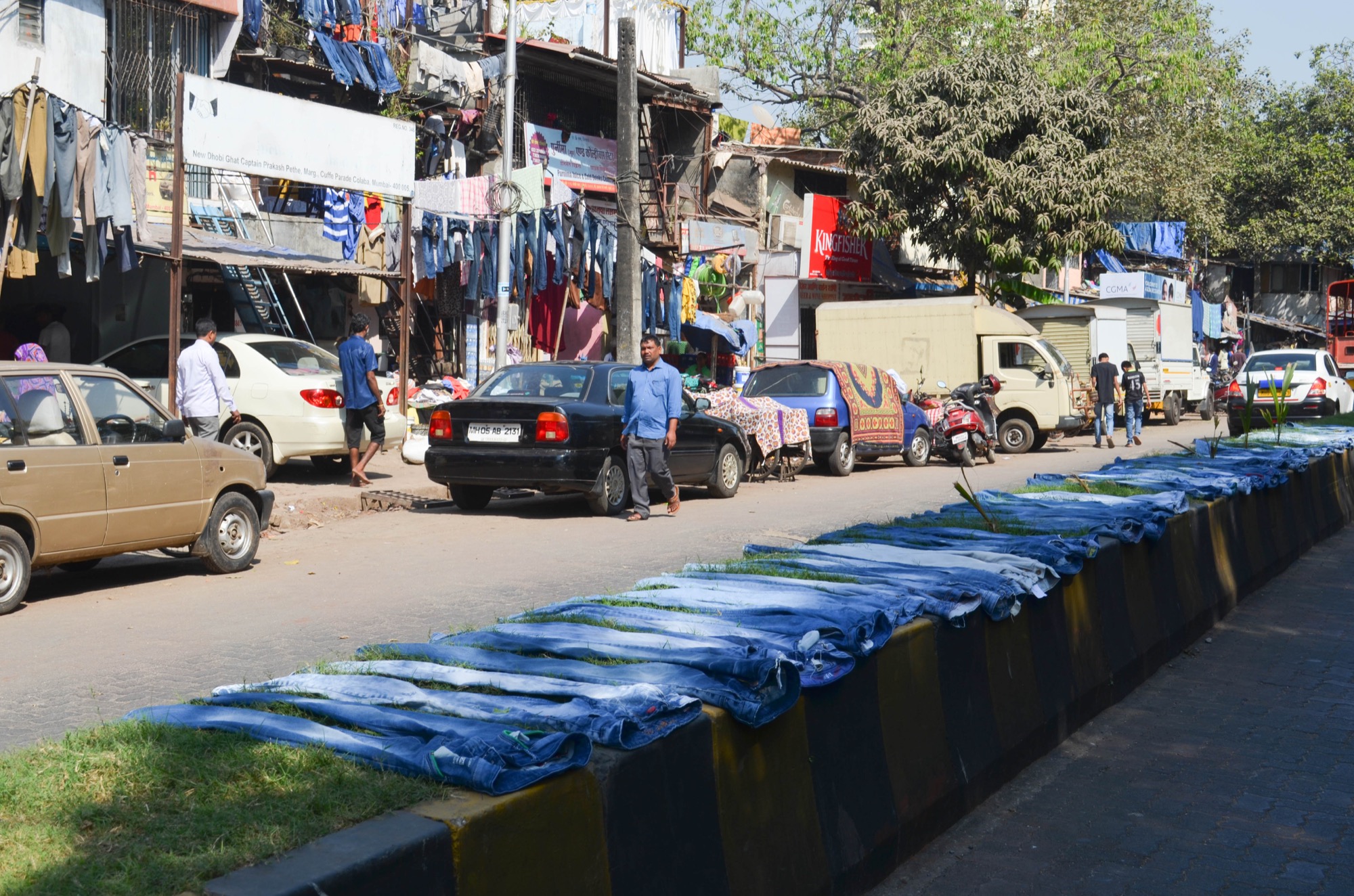Mumbai, which was called Bombay until 1995, is the largest city in India. It has a population of 18.4 million people.
There is an 85 foot tall basaltic arch structure called the Gateway to India that is located in Mumbai's harbor area. It was built in 1911 to commemorate the arrival of King George V and Queen Mary.
The High Court of Bombay, established in 1862, is one of the oldest high courts in India. There are assistants for each judge that wait at the entrance of the building for the judge to arrive. These men wear traditional kurta tops, churidar pants, and red turbans.
We also saw the University of Mumbai which was established in 1857. One of the city's landmarks is the university's Rajabai Clock Tower which was built in the 1870s by a businessman in honor of his mother. The woman, who was blind, lived near the university and used the chimes from the clock to determine the time.
